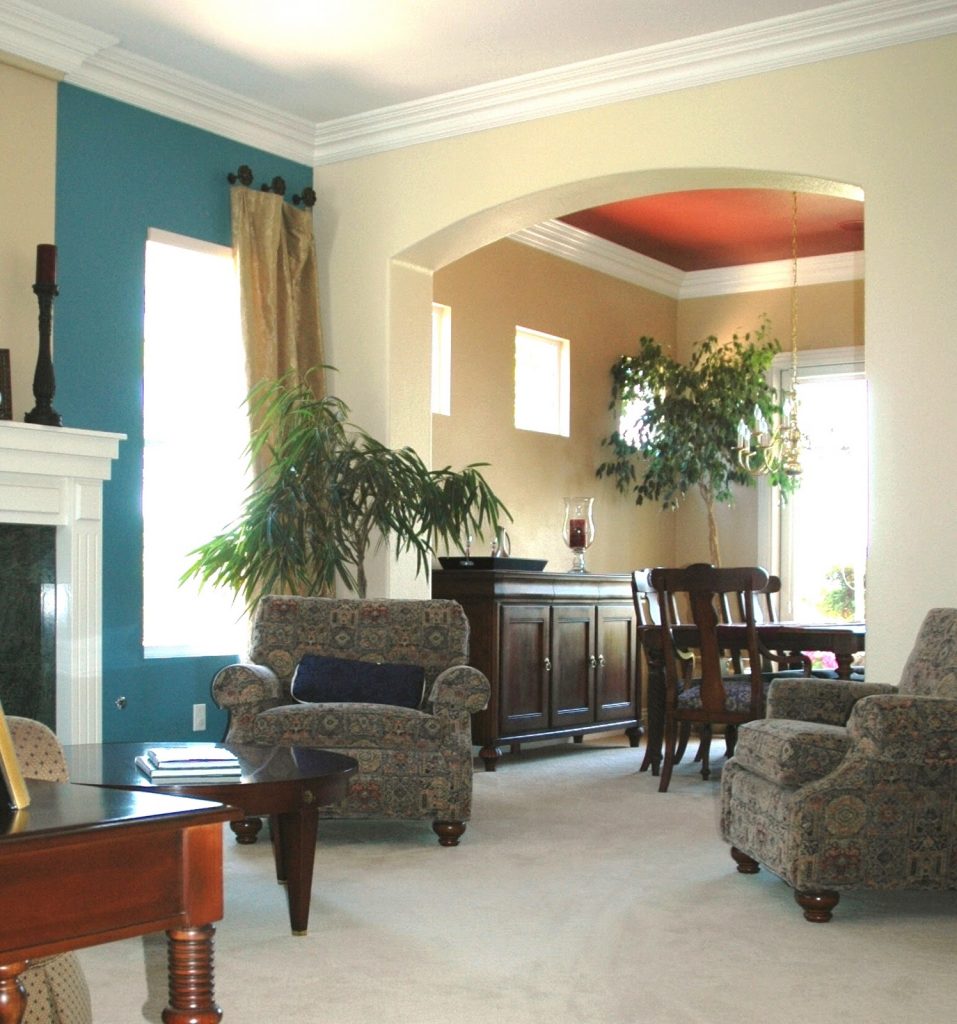
Home interior design is the art and science of enhancing the aesthetic appeal and functionality of a home’s interior. It involves more than just choosing pretty furniture; it’s about creating a harmonious balance of form, function, and personal expression. Many homeowners struggle to achieve a cohesive and stylish look, often facing challenges in space planning, selecting suitable furniture, and creating a personalized aesthetic. This thorough guide offers practical strategies and actionable insights to elevate your home interior design experience, starting with a personalized design idea and extending to budgeting and furniture selection.
Defining Your Personal Design Style
Understanding Your Aesthetic Preferences
Choosing a home interior design style is a crucial first step in any home improvement project. Consider the overall mood and ambiance you want to create. Do you prefer a minimalist, modern design; or perhaps a more traditional, classic look? determineing your preferred interior design style will guide your choices throughout the process. This involves taking stock of your personal taste in colors, patterns, textures, and furniture types.
Planning Your Home
Space Planning and Layouts
Effective space planning is critical for a achievementful home interior design. Before purchasing any furniture, carefully measure your rooms and determine the most efficient layout that maximizes functionality while maintaining a harmonious aesthetic. Consider traffic flow and the natural light in each area. Don’t forget about storage solutions, often overlooked in the design process but essential for maintaining a clutter-complimentary and organized home.
Furniture selection
Choosing the Right Furniture
Furniture selection is crucial in creating the desired ambience. Evaluate furniture size and ensure it fits the space appropriately. Consider materials, textures, and colors to create a consistent aesthetic. For a timeless aesthetic, opt for classic pieces that can withstand trends. Investing in high-quality furniture that aligns with your style can create a lasting impression.
Color and Light
The Impact of Color and Lighting
Color plays a significant function in setting the mood and ambiance. Using the right color palette can create an inviting, energetic, or relaxing atmosphere. Consider how natural light affects the room, and select furniture and decor that complements it. Lighting design can dramatically impact the overall appearance and feel. Use varied types of lighting (ambient, task, and accent) to highlight certain attributes and enhance the room’s ambiance.
Related Post : Can Interior Design Be Self Taught
Budget-Friendly Strategies
Maximizing Your Budget
Home interior design doesn’t have to break the bank. With a little creativity and study, you can achieve a beautiful and stylish look without overspending. Look for affordable yet stylish furniture, explore DIY projects, and find ways to repurpose existing items to add personality to your home. This will allow you to prioritize your needs and desires while staying within a set budget.
Accents and Decor
Adding Personal Touches
Adding personal touches is vital to create a home that reflects your personality. select accents and decor that resonate with you—pictures, plants, tapestries, or decorative accessories—to add a unique touch. Layer varied textures and patterns to bring depth and dimension to your design.
Textiles and Fabrics
The Impact of Textiles on Design
Textiles like curtains, rugs, and upholstery significantly impact the overall design. Pay attention to patterns, colors, and textures to create a cohesive look and feel. Consider how the textiles interact with other elements like lighting and color schemes.
Material selection
selecting Durable and Aesthetic Materials
Choosing durable and aesthetically pleasing materials for your home’s interior significantly impacts the longevity and style of your design. select furniture and accessories from high-quality materials that suit your lifestyle and preferences. Consider materials like wood, stone, metal, and glass.
Trends and Innovations
Embracing New Design ideas
Keep up with current trends, but prioritize your personal style and needs. Use current trends as inspiration, not rules. study contemporary designs, and explore new materials or techniques to adapt them into your personal design vision. This will give your home a unique and modern feel.
Frequently Asked querys
What are some popular home interior design styles?
Popular home interior design styles include contemporary, traditional, minimalist, and bohemian. Each style offers a unique aesthetic, from clean lines and neutral colors in contemporary to ornate details and rich textures in traditional design. study varied styles to find one that aligns with your preferences.
How can I create a budget-friendly home interior design?
Creating a budget-friendly interior design involves strategic planning. First, create a detailed budget, determine essential items, and look for affordable alternatives. Explore DIY projects, thrift stores, and secondhand industrys for unique and budget-friendly finds to create a customized look.
In conclusion, creating a beautiful and functional home interior design requires careful consideration of various elements, from choosing the right colors and furniture to understanding the principles of balance and harmony. By following the strategies outlined in this article, you can transform your home into a space that reflects your personality and enhances your lifestyle. Ready to design your dream home? Visit our website for professional interior design services today!